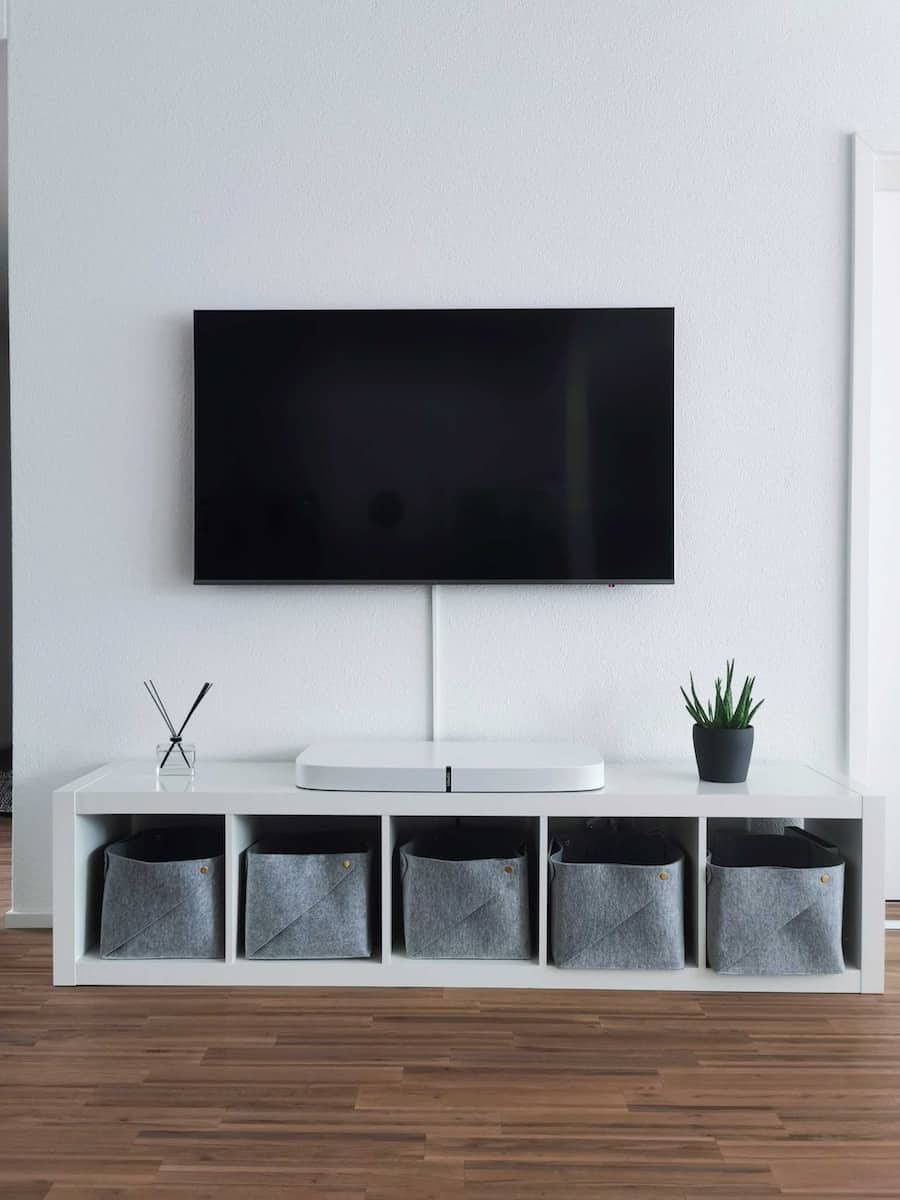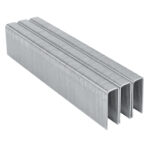When a TV has sound but no picture, it can be confusing. This issue can be caused by various reasons, from simple fixes to more complex technical problems. The problem may be due to a malfunction in the TV’s backlighting system, preventing the picture from showing. Incorrect input settings or loose cable connections could also block the video signal while allowing the audio to work. This guide explains steps to identify and fix the problem with your TV, restoring both sound and picture functionality.
Troubleshooting begins with checking basics, such as ensuring the TV isn’t on silent mode and examining cable connections. If everything seems fine, further steps may include checking the TV’s settings or doing a power cycle. If there’s no image when shining a light on the screen, it’s likely a backlight issue that might require professional help. For persistent problems, it’s best to contact the TV manufacturer or a professional technician for advice on repairs or warranty options.
Troubleshooting Your TV’s Visual Issues
It can be frustrating when your TV decides to play sound but refuses to show an image. Don’t worry, though! There are common reasons for this behavior, and often, they have simple fixes.
Check Your Source Input
Make sure you’ve got the right source selected. Your TV might be set to HDMI 1 while your streaming device is connected to HDMI 2. Cycle through the inputs with your remote to find the right one.
Inspect Your Cables and Connections
A loose or faulty HDMI cable is a frequent culprit. Here’s what to check:
- Secure Connections: Make sure the cables are plugged in firmly at both your TV and the connected device.
- Try Different Cables: If you have a spare cable, swap them out. This helps figure out if the current cable is defective.
Restart Your Devices
Technology loves a good refresh at times! Try these steps:
- Unplug Your TV: Disconnect it from the power outlet for a full minute.
- Do the Same for Connected Devices: This includes streaming sticks, cable boxes, etc.
- Plug Everything Back In: Power everything back on and check if the image has returned.
Issues Beyond Basic Fixes
If the simple fixes above didn’t resolve the problem, it might be time to check a few other things:
| Issue | Possible Cause | What to Do |
|---|---|---|
| TV Backlighting Problems | Backlight failure in LCD TVs | Contact a technician for diagnosis and repair |
| Internal Component Issues | Failure of components like the T-Con board or power supply | Professional repair might be necessary |
| Software Glitches | Outdated TV firmware can cause problems | Look for firmware updates in your TV settings |
Remember, before contacting a technician, it’s useful to try connecting your TV to another source (like a different streaming device or gaming console) to rule out the possibility of the connected device being at fault.
Key Takeaways
- A black screen with sound on a TV often points to backlight or signal input issues.
- Basic troubleshooting includes checking volume, connections, and TV settings.
- Professional assistance may be required for complex hardware malfunctions.
Troubleshooting Common Issues
When a TV has sound but no picture, the issue might be with cables, settings, or internal components. Here we outline steps to identify and fix these common problems.
Verifying Cable and Connection Integrity
Start by checking all cable connections to the TV. Make sure HDMI cables are secure in their ports and not damaged. Loose or faulty cable connections often cause picture problems. For TVs with multiple HDMI inputs, ensure the cable is not only plugged in tightly but also connected to the correct input.
Assessing Television Settings and Inputs
Next, review the TV settings. Verify the correct input source is selected. For instance, if a cable box is connected via HDMI 1, the TV’s input setting should correspond to HDMI 1. Additionally, inspect the menu options to ensure the brightness and contrast settings are not set to zero, which can make the screen appear black.
Power and Hardware Considerations
Inspect the power supply. A malfunctioning power cable or surge in the power supply can affect the TV’s picture. Try a power cycle by turning off the TV, unplugging it, waiting for a minute, and plugging it back in. Sometimes temporary glitches in the power supply can cause the loss of picture.
Performing Resets and Tests
If the earlier steps don’t work, consider a factory reset. This returns the TV to its original settings and can resolve issues caused by changes or updates. For tests, perform a flashlight test to check for a broken backlight: turn the TV on, darken the room, and shine a flashlight on the screen. If you see a faint image, the backlights might be defective.
Identifying and Resolving Screen Issues
Lastly, assess internal components like the T-con board, supply board, and main board, as these can lead to a black screen. Look for signs of damage or loose ribbon cables. Replacing faulty boards or loose cables can restore the picture, but such work is typically done by professionals. If the screen itself is the issue, such as a broken LED strip, a professional repair or replacement may be necessary.
Guidance for External Devices and Services
When your TV has sound but no picture, the issue often lies with the external devices connected to your television or the streaming services you use. This section will guide you through managing these devices, using streaming services wisely, and considering whether repair or replacement is necessary.
Managing External Devices
To ensure the external devices like a cable box, Roku, or Blu-ray player operate correctly with your TV:
- Check all cable connections between your TV and the external device. Make sure they are secure.
- Select the right input source on your TV settings. This matches the port to which your device connects.
- If issues persist, a simple power cycle might help. Turn off the external device, unplug it for 30 seconds, and then reconnect.
Streaming Services and Smart Television Usage
Smart TVs connect to streaming services like Netflix or Hulu directly. For these and external streaming devices, follow these tips:
- Confirm your internet connection is stable. Weak signal might affect your TV’s function.
- Restart the app or the TV to refresh the service.
- Check for any updates for your Smart TV or streaming device.
Considering Repair or Replacement
If troubleshooting external devices and services doesn’t resolve the issue, consider these steps:
- For a recent purchase, look into the warranty. It may cover repairs.
- Assess the cost of repair compared to the price of a new TV. A simple comparison could inform your decision.
- Sometimes, particular TV models like a Samsung TV may have known issues. Research your model for guidance or recall notices.
Frequently Asked Questions
When your TV has sound but no picture, it often indicates an issue with the backlight or video components. This section aims to address the common concerns with actionable advice.
What steps should I take if my TV has sound but no picture?
Check all cable connections to ensure they are secure. Then, turn off the TV, wait a minute, and turn it back on to reset the system.
How can I troubleshoot a TV that turns on with sound but without picture?
Perform a power cycle by unplugging the TV from the outlet for 60 seconds. If the remote isn’t responding, use the TV’s power button for this task.
Why does my TV display a black screen but still has audio?
A black screen with sound may result from an energy-saving mode. Check the settings and disable any power-saving features that might turn off the screen.
How do I resolve an issue with my LCD TV where there is sound but no display?
Inspect the TV’s settings to adjust the display properties. If adjustments do not work, there may be a problem with the backlight or internal components requiring professional service.
What causes a TV screen to go black while the sound remains functioning?
Issues can include cable malfunctions, software glitches, energy-saving settings, or hardware failures in the screen’s lighting or video processing circuits.
What are common fixes for a TV with sound but no image on the screen?
Common fixes include checking cables, resetting the TV, adjusting picture settings, or ultimately seeking professional repair if these steps don’t resolve the issue.




